
Chinch Bugs vs. Sod Webworms: Spotting the Difference in Your Florida Lawn
Whether you’re a new homeowner in Florida or a long-time resident, you already know that conditions in the Sunshine State…
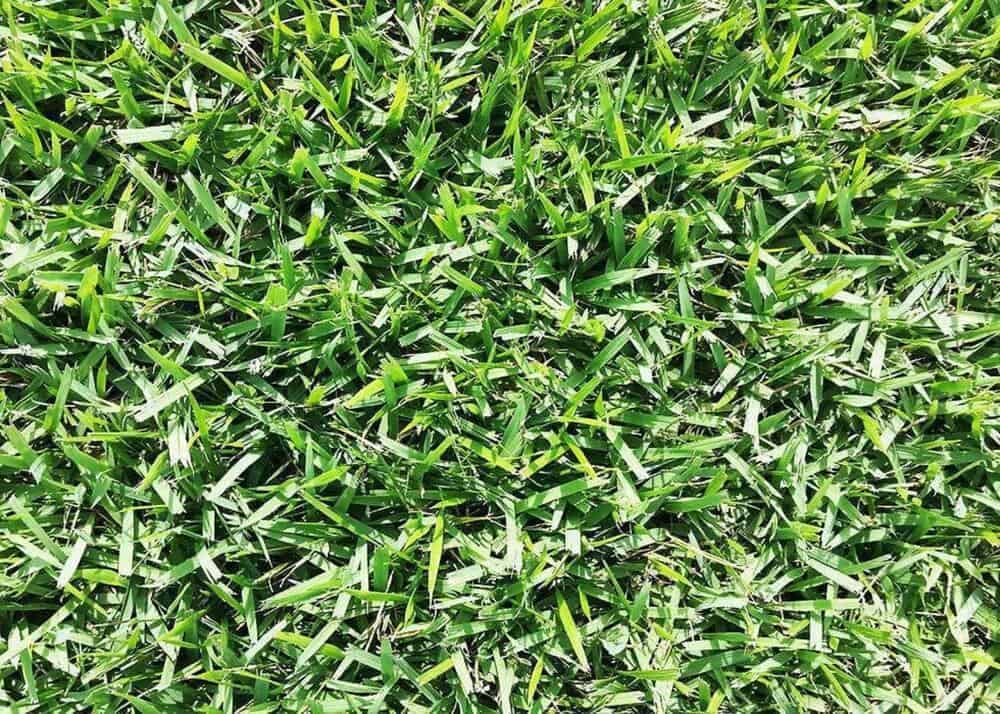
Florida’s warm, subtropical climate provides ideal growing conditions for many types of grass. Our long growing season and plentiful rainfall allow grass to thrive nearly year-round. However, the heat, humidity, sandy soil, and occasional drought can also present challenges for growing a lush lawn here in the Sunshine State.
Selecting the right type of grass is key to enjoying a beautiful, low-maintenance yard that can stand up to Florida’s unique climate and your family’s lifestyle. Let’s take a look at some of the most popular types of grass for Florida lawns, including the best options for different regions and soil types across the state.
The most common grass types in Florida are Bermuda, St. Augustine, Bahia, and Zoysia. Bermuda and St. Augustine are by far the most popular choices. Both are warm season grasses, which is the type of grass you need to grow here in Florida
Zoysia is a versatile, attractive turfgrass that forms a dense carpet of soft, fine-textured blades. Once established, it’s extremely tolerant of foot traffic, drought, and a wide range of soil types. Zoysia prefers full sun but also grows well in partial shade.
The main drawback of zoysia is that it turns brown when dormant in the winter months. But for an easy-care Florida lawn, zoysia is an excellent choice, especially in the central and northern parts of the state.
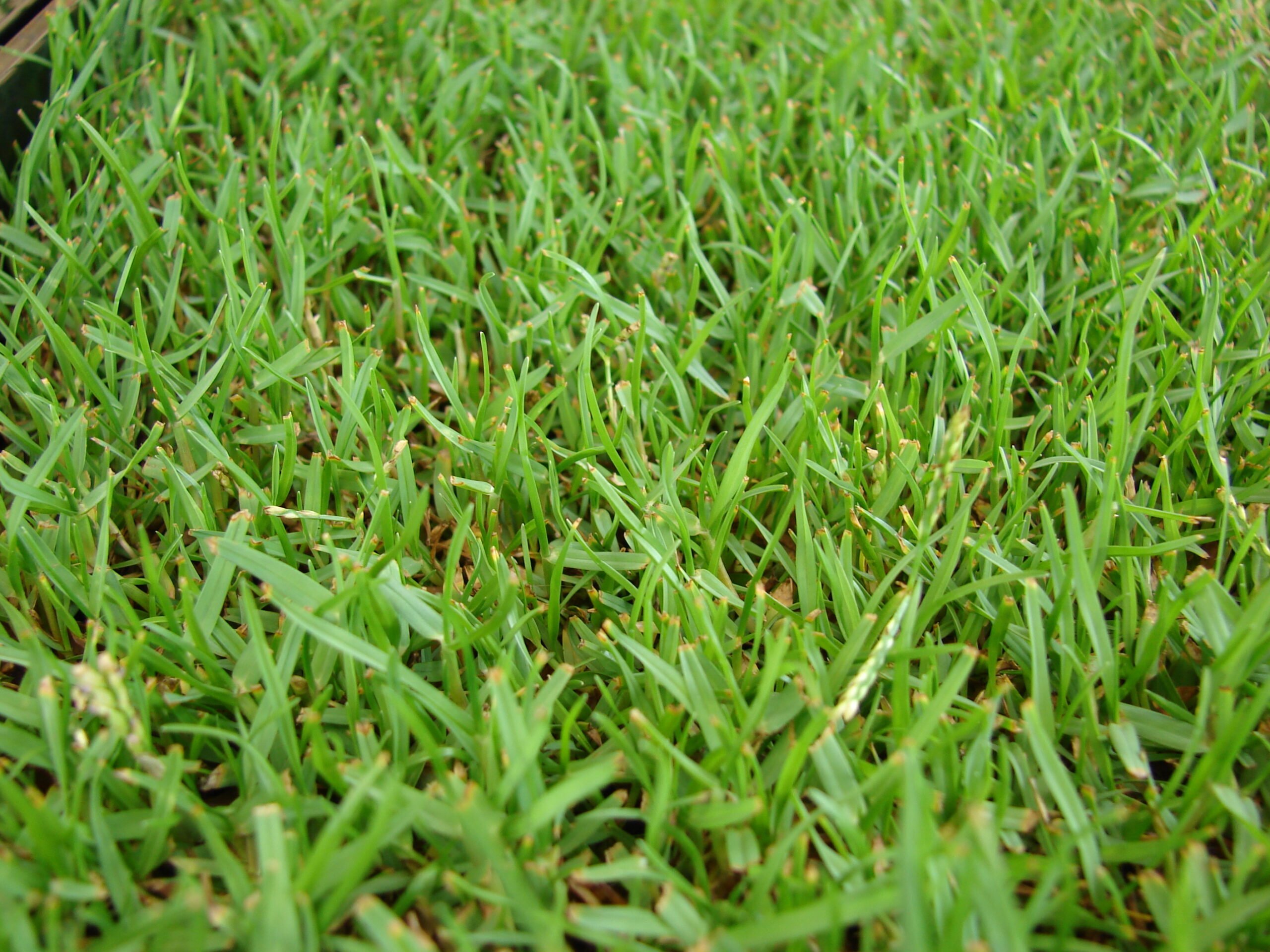
Bahiagrass is a low-maintenance, drought-tolerant option that thrives in infertile, sandy soils. Its deep, extensive root system makes it exceptionally resilient and well-adapted to Florida’s climate and soil. Bahia establishes and spreads quickly from seed.
On the downside, bahia has a coarse texture and its lighter green color and prolific seedheads may not offer the manicured look some homeowners prefer. It also doesn’t grow well in shady conditions. But for sunny areas where an inexpensive, durable grass is desired, bahia is a top contender.
Many of our clients have had great experiences with bahia and find it to be very hardy.
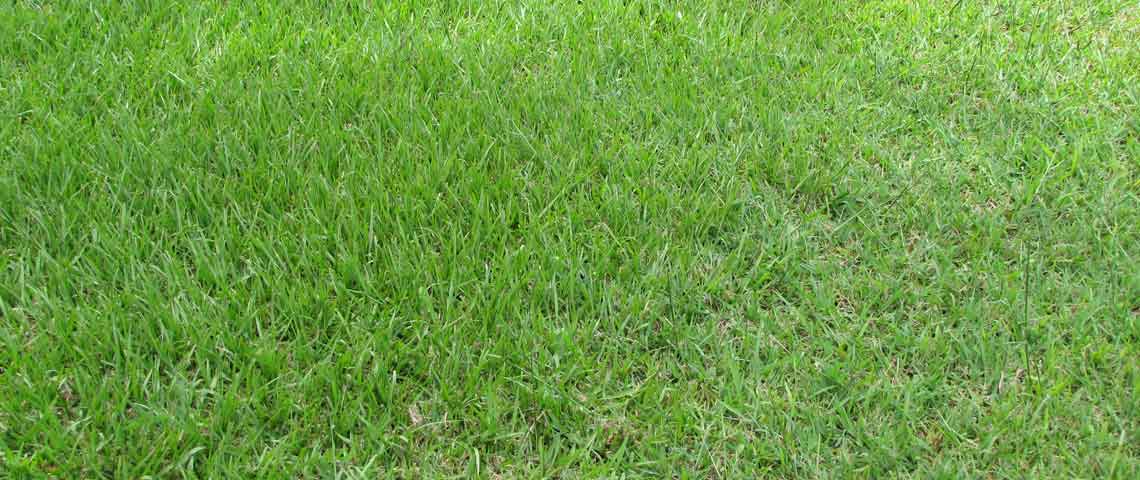
St. Augustine grass is the most popular lawn grass in Florida, especially in the central and southern portions of the state. It has a lush, tropical appearance with broad, dark green blades. St. Augustine grows thick and fast, crowding out most weeds. Of all the Florida grasses, it’s the most tolerant of shade.
St. Augustine does have some disadvantages – it doesn’t tolerate foot traffic as well as some other grasses, it requires frequent watering to look its best, and it’s prone to chinch bug infestation and disease. But for many Florida homeowners, its dense growth and rich color make it worth the extra care.
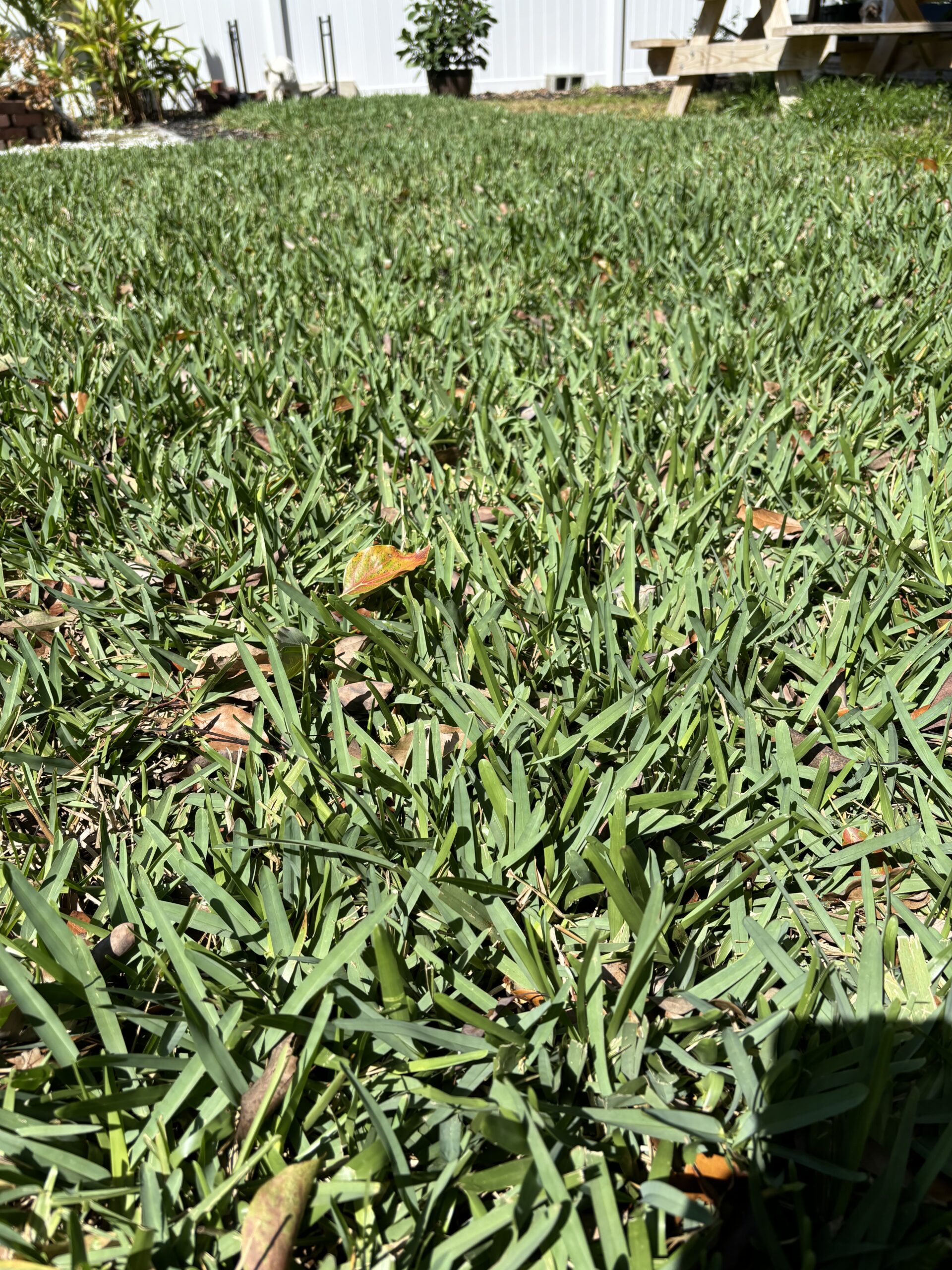
As its name suggests, seashore paspalum is exceptionally salt-tolerant, making it one of the best choices for coastal areas. It’s also highly tolerant of heat, humidity, drought, and a wide range of soil types. The fine-textured, deep green blades create an attractive turf.
On the other hand, seashore paspalum requires a bit more maintenance than some other Florida-friendly grasses. It grows aggressively and needs frequent mowing. It’s also susceptible to dollar spot disease. But for sandy or salty soils, especially in South Florida, seashore paspalum is hard to beat.
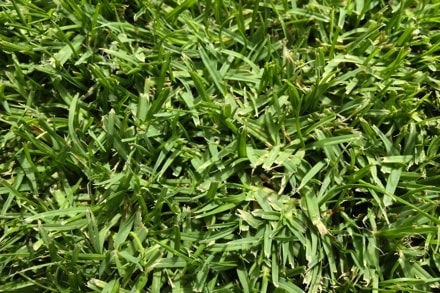
Bermudagrass is a popular choice for Florida lawns due to its exceptional tolerance to wear, salt, and drought. This versatile grass thrives in full sun and can withstand heavy foot traffic, making it ideal for active families and sports fields. Bermuda establishes quickly from seed or sod and forms a dense, fine-textured turf that can crowd out weeds.
One of the unique advantages of Bermuda is that you can topdress with sand in the spring. By aerating your Bermuda lawn and applying a layer of sand, you can improve drainage, smooth out the surface, and promote healthy growth. Bermuda grass is a great choice for Florida homeowners who want a resilient, attractive lawn that can stand up to the state’s challenging climate. However, it’s important to note that Bermuda requires regular maintenance, including frequent mowing and fertilization, to look its best.
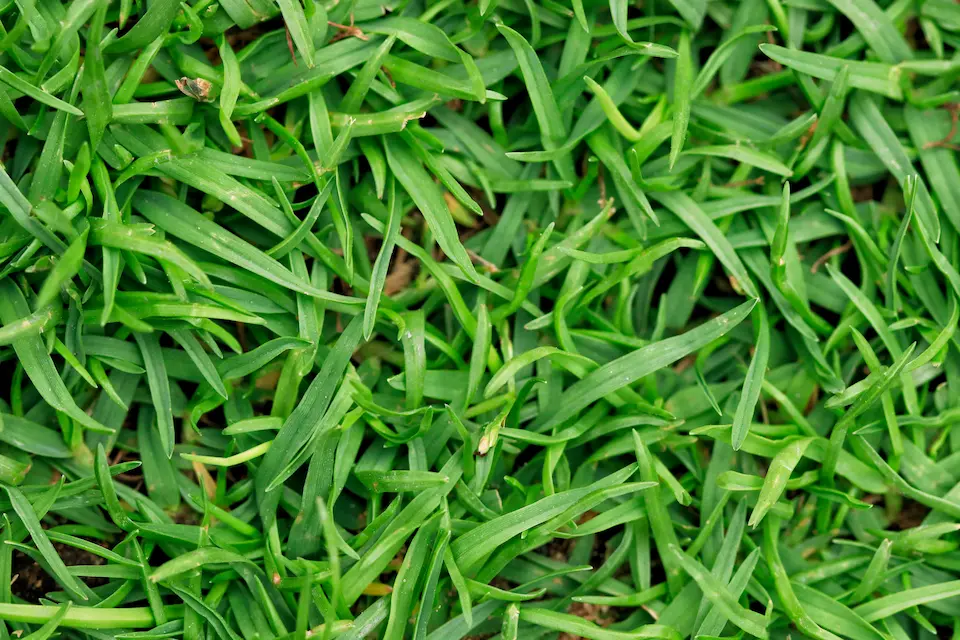
In Northern Florida, the cooler temperatures can lead to grass dormancy in winter. Bahia and Centipede are popular choices for this region due to their low maintenance requirements and tolerance to cold. Zoysia is another option that performs well in the Panhandle’s climate.
Central Florida’s warm, humid climate supports a wide range of grass types. St. Augustine is a top choice for its lush appearance and shade tolerance. Bahia is a low-maintenance option that thrives in sandy soils, while Zoysia provides a dense, attractive turf.
In Southern Florida, heat, humidity, and salty soils are major considerations. St. Augustine, particularly the ProVista cultivar, is well-suited to this region’s conditions. Bermuda is another excellent choice for its wear, salt, and drought tolerance. Seashore Paspalum, known for its salt tolerance, is a great option for coastal areas.
Cultural practices are crucial for maintaining green grass in Florida:
By selecting the right grass type and following proper maintenance practices, you can enjoy a beautiful, sustainable lawn that thrives in Florida’s unique climate.
Bahia, Bermuda, and Zoysia are all well-suited to Florida’s sandy soils. Bahia thrives in infertile, sandy conditions, while Bermuda thrives with sand topdressing. Most Florida grasses perform well in sandy soils with proper care.
Bermuda and St. Augustine are both sustainable choices for Florida. Bermuda’s tolerance to wear, salt, and drought makes it a resilient option, while St. Augustine’s shade tolerance is ideal for yards with large trees. The ProVista cultivar of St. Augustine is particularly sustainable, as it allows for weed control without harming the grass.
Bahia and Centipede are considered the lowest maintenance grasses in Florida. They require less fertilizer and are tolerant of various soil conditions. However, all Florida grasses require proper care to thrive.
In Southwest Florida, temperatures rarely get cold enough for grass to go dormant. While growth slows in colder months, grasses typically stay green year-round with proper care.
Choosing the right grass type and implementing proper maintenance practices are key to enjoying a lush, sustainable lawn in Florida. If you have any questions or concerns about your lawn, don’t hesitate to visit our store or call our experts at Council Oxford. We’re here to help you achieve the lawn of your dreams!
